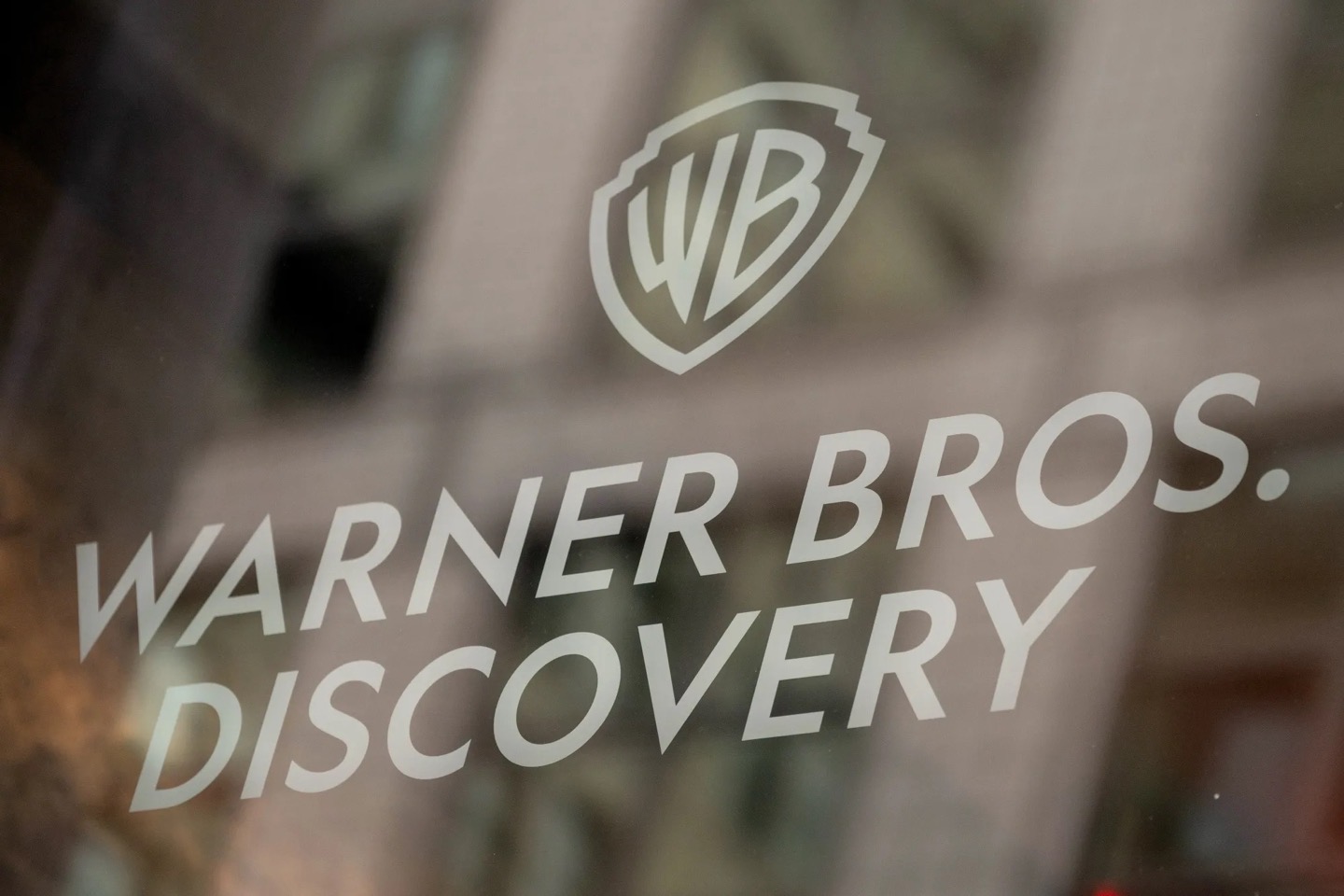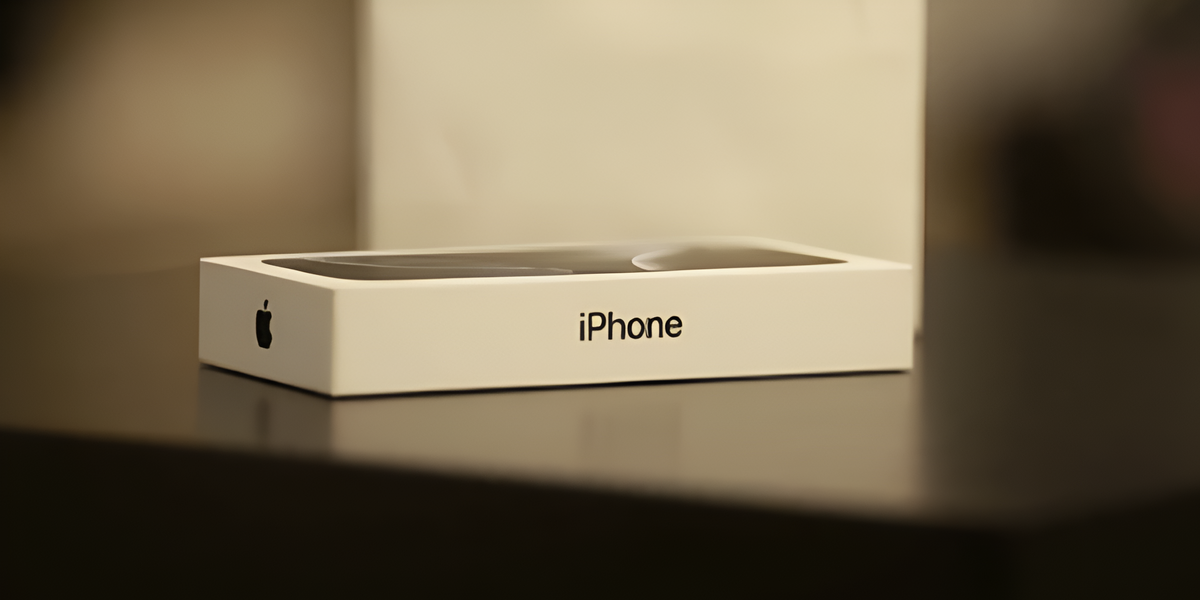We’re on the final stretch of the countdown to Tesla robotaxi presentation. The official announcement of the new car was supposed to take place in August, but the event was later postponed until October 10. So, this Thursday we finally learn about one of the most anticipated projects in the electric vehicle sector, which in turn has become one of the greatest fetishes Elon Musk.
Little is known about the robotaxi itself, especially about its design. Clearly Tesla has done a very good job of keeping this information secret. The closest we can get to its possible appearance so far are a concept included in Walter Isaacson’s official biography of Elon Musk, and a photo of an apparently camouflaged car leaked while driving around the Warner Bros. studio where the presentation will be held.
Regarding the operation of robotaxis, it is currently known that Tesla is committed to providing an experience 100% autonomous hand in hand with artificial intelligence. The vehicle will not use radar or proximity sensors, but, unlike Waymo, will rely solely on multiple cameras and a system based on the same technology that uses fully autonomous driving.
To this it should be added that theoretically Tesla’s robotaxi It would not have a steering wheel or pedals.. That is, it would be a vehicle designed solely to transport people, rather than an existing vehicle adapted for that task. Elon Musk has promised to launch an Uber-style service to take full advantage of the new car, which will complete the proposal.
With all that said, does Tesla need a robotaxi now? We will analyze this below.
What will Tesla gain and lose from robotaxis?
If robotaxi achieves even a fraction of what it promises (or what it is thought it can do), Tesla will likely get its hands on revolutionary development. A 100% autonomous electric car without a steering wheel or pedals that you can call from an app and seamlessly take you from one point to another could change everything. At least that’s the theory.
Does Elon Musk think Tesla’s robotaxis have what it takes to live up to its promises? Obviously yes. Throughout this year, the tycoon has made it clear that Tesla’s future robotics and artificial intelligencewith fully autonomous driving and robotaxis taking center stage. “If anyone doesn’t believe Tesla is going to solve the autonomous driving problem, they shouldn’t be an investor in the company. But we will do it. And we are doing it,” he said in April.
Regarding the October 10 event, everything indicates that Tesla you will get instant exposure and marketing. Something significant, since it could also lead to a recovery in its share price if there is renewed interest in the company among new and existing investors. Whatever happens, the fact is that the advent of robotaxis will make headlines in media outlets around the world. But if she manages to demonstrate her capabilities convincingly enough, this will become a clear argument in favor of Musk and his pharaonic project.
The big question regarding robotaxis is how long it will take Tesla to have a functional fleet and where it can deploy it. All indications are that development of this caliber will take several years before it is officially launched. And the regulatory section can also complicate matters.. After all, today, fully autonomous driving is a reality limited to the United States. Although Elon Musk has promised that it will arrive in Europe and China in 2025, it remains to be seen whether this is actually the case.
The tycoon’s promises are another point to consider when talking about Tesla’s robotaxi. The company’s CEO has an extensive history of missing deadlines, and this is nothing new. The availability of fully autonomous driving and the launch of the second generation Roadster are two of the most significant occasions.
While flares and reflectors aimed at robotaxis could be beneficial in the short term for Tesla, a hypothetical delay in their implementation could cost you dearly in the future. After all, if a firm focuses a significant portion of its efforts on this project, does that mean it can take resources away from others? This is what’s making noise, especially after the ups and downs surrounding the $25,000 Tesla Model 2/Model C.
The final nail in the coffin of the Model 2?

One of Tesla’s most talked about projects in recent years has been the development of a fuel-efficient car that will hit the market for $25,000 or euros and will be informally known as the Model 2 or Model C. However, its development was suspended to focus resources on robotaxis, according to multiple reports this year.
Be careful, this doesn’t necessarily mean the company no longer plans to produce more fuel-efficient vehicles. In fact, the first images of what looks like a cheap Model 3 were recently leaked online.
Regardless, Tesla’s robotaxi could mean the end of the $25,000 Model 2. Although Elon Musk denied initial reports of Reuters which stated that the said vehicle had been cancelled, Electrek published shortly after, the company postponed it indefinitely and “totally devalued”.
It was even mentioned that Tesla has ruled out an expansion of Gigafactory Texas, where the initial production line dedicated to the low-cost model would be installed, and that it would house a data center dedicated solely to robotaxis.
This won’t necessarily mean that efforts to build the Model 2 will be in vain. There are speculations that Tesla’s robotaxi will use the same platform. NV9X which was designed for the said machine. An assumption that was confirmed on social networks by Elon Musk.
But if Tesla’s robotaxi spelled the complete or partial demise of the $/€25,000 cheap car initiative, the short- and medium-term consequences could be seen in another key aspect: increasingly stiff competition from Chinese brands in markets such as Europe. and Asia.
Tesla focuses on robotaxis as Chinese electric vehicles gain ground in Europe and Asia

Those who oppose robotaxis and the general management of Elon Musk at the head of Tesla believe that this project will divert attention from the company’s activities in key markets in Europe and Asia. There, Chinese electric vehicle manufacturers have won a decisive position thanks to their very good performance and especially low prices. A section in which government subsidies played a decisive role.
Of course, the outlook could change if new European Union tariffs are introduced on electric cars from the Asian giant. But the panorama is much broader than what’s happening on the block.
If Tesla loses ground in key EV markets and fails to make robotaxis available outside the US quickly enough, the scenario could get complicated quite quickly. To counteract this, the firm could try to balance the balance with cheaper variants of the Model 3 and Model Y. Although there are no official definitions or statements on this yet.
On October 10, we will finally see the long-awaited Tesla robotaxi. Since then Let’s see what history has in store for you. to the next big bet from Elon Musk and company.
Source: Hiper Textual
I’m Blaine Morgan, an experienced journalist and writer with over 8 years of experience in the tech industry. My expertise lies in writing about technology news and trends, covering everything from cutting-edge gadgets to emerging software developments. I’ve written for several leading publications including Gadget Onus where I am an author.














